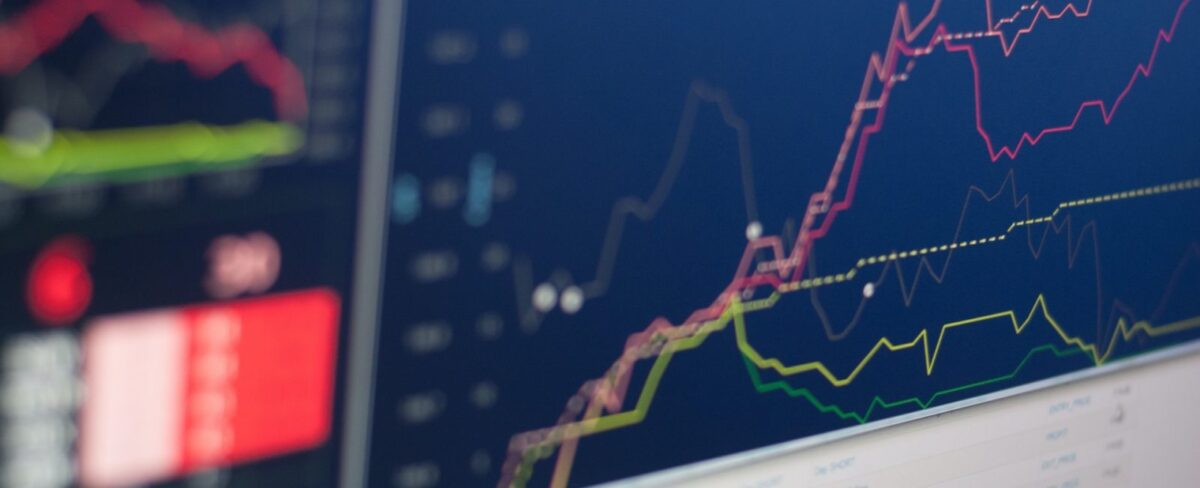The New “Super Cycle”

The global economy is transitioning into a new “super cycle,” with artificial intelligence and decarbonization as key drivers, according to Peter Oppenheimer, the head of macro research in Europe at Goldman Sachs.
“We are moving clearly into a different super cycle,” he told CNBC’s “Squawk Box Europe” on Monday. Super cycles are characterized by extended periods of economic expansion, accompanied by increasing GDP, high demand for goods leading to higher prices, and low levels of unemployment.
According to Oppenheimer, the most significant recent super cycle began in the early 1980s and was characterized by interest rates and inflation peaking before a decades-long period of falling capital costs, inflation, and rates. This period also saw increased globalization and reduced geopolitical risks.
However, not all of these factors are expected to continue in the same manner
“We’re not likely to see interest rates trending down as aggressively over the next decade or so, we’re seeing some pushback to globalization, and, of course, we’re seeing increased geopolitical tensions as well,” said Oppenheimer.
Despite these challenges, there are forces that could have a positive impact on the economy, namely artificial intelligence and decarbonization.
AI is still in its early stages, but as it is used increasingly as the basis for new products and services, it could lead to a “positive effect” for stocks, according to Oppenheimer. AI and productivity, often linked to debates and concerns about human jobs being replaced or changed, will likely impact the economy.
“The second thing is [that] we haven’t yet seen, and I think we’re relatively positive that we will see, [is] an improvement in productivity on the back of the applications of AI which could be positive for growth and of course for margins,” Oppenheimer said.
While AI and decarbonization are relatively new concepts, there are historical parallels, according to Oppenheimer. The early 1970s and early 1980s, for example, were “not so dissimilar” to current developments. Factors such as elevated inflation and interest rates, as well as growing geopolitical tensions, rising taxes, and increased regulation, are similar to today.
In other ways, current shifts can be seen as reflective of changes even further back in history, such as the late 19th century, which saw modernization and industrialization fueled by infrastructure and technological developments alongside significant increases in productivity.